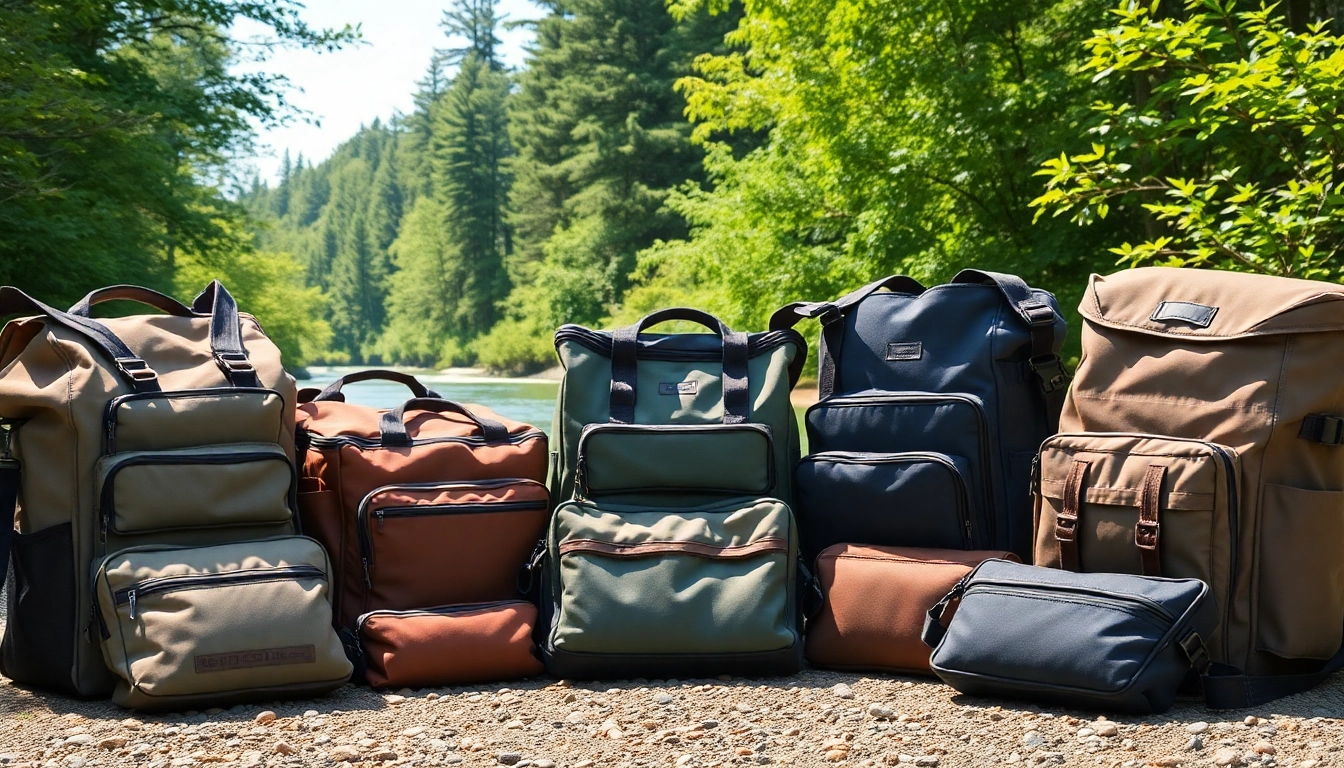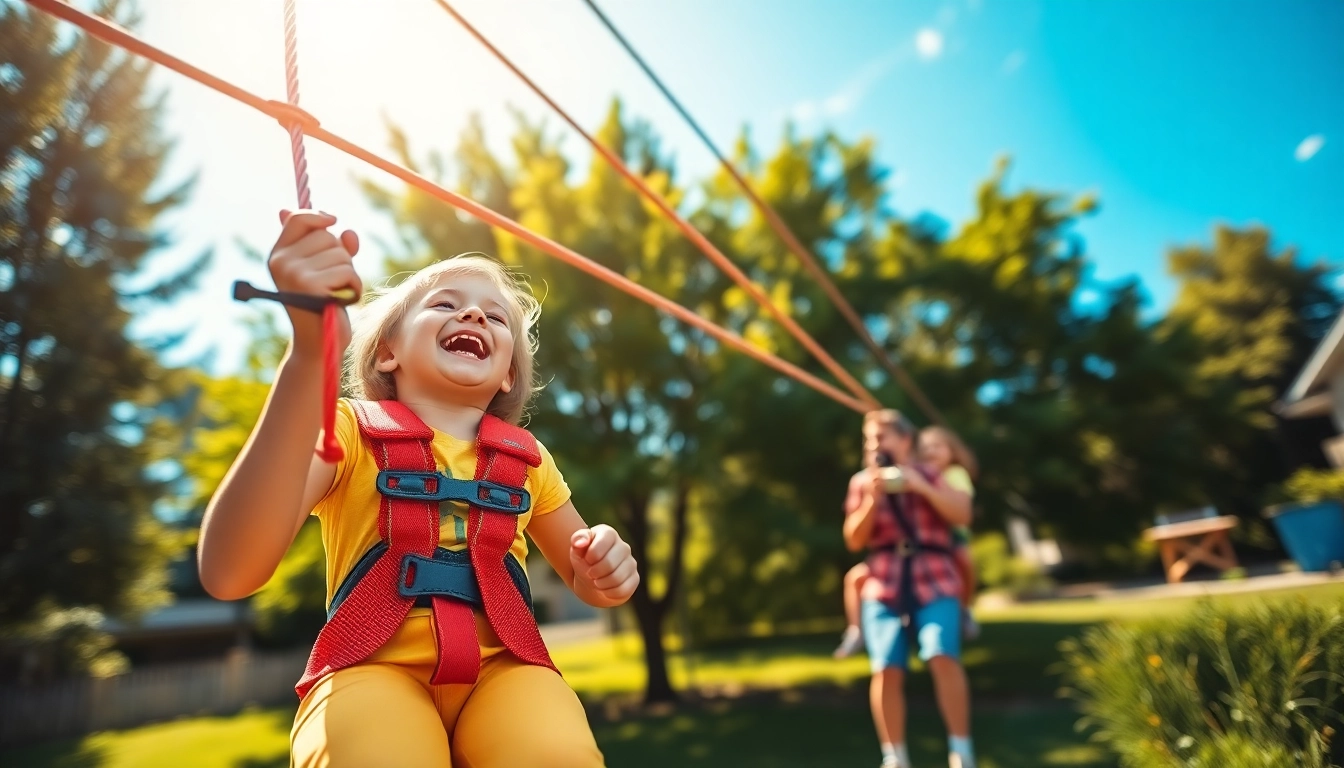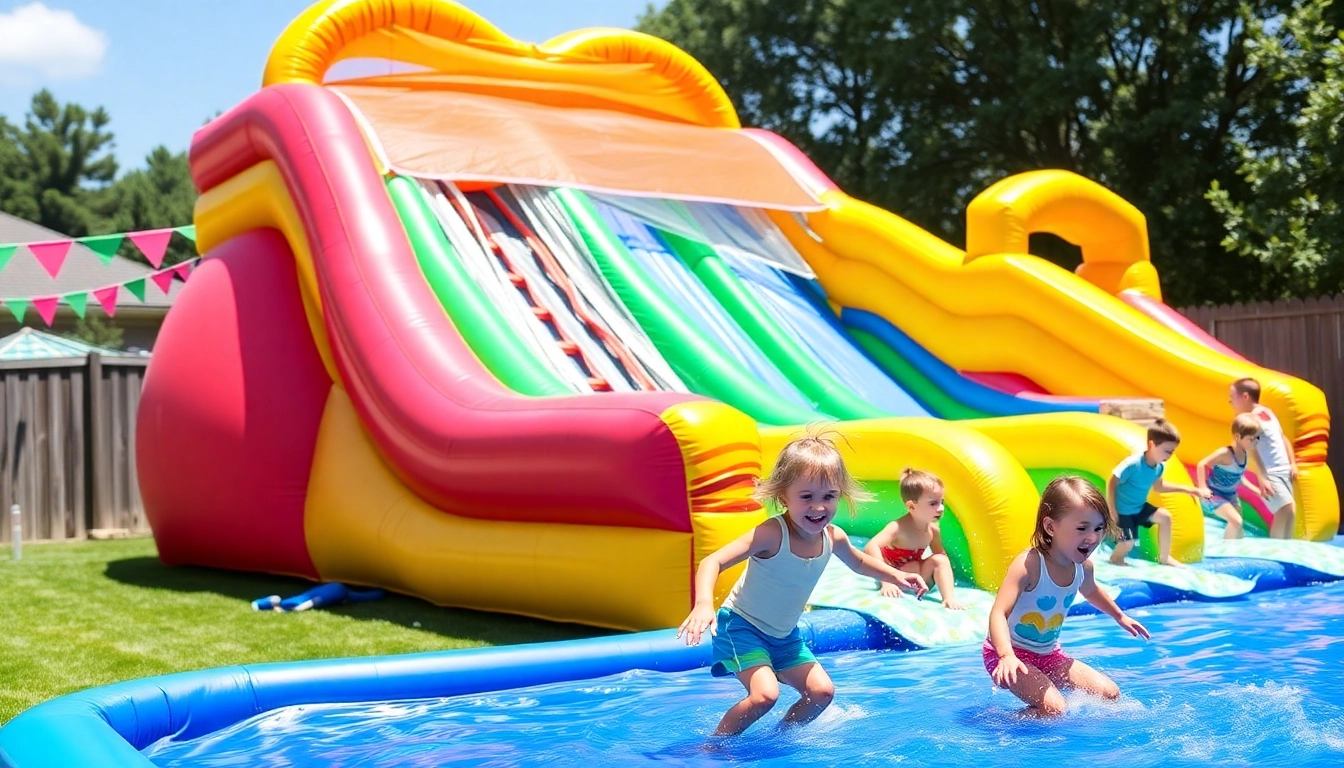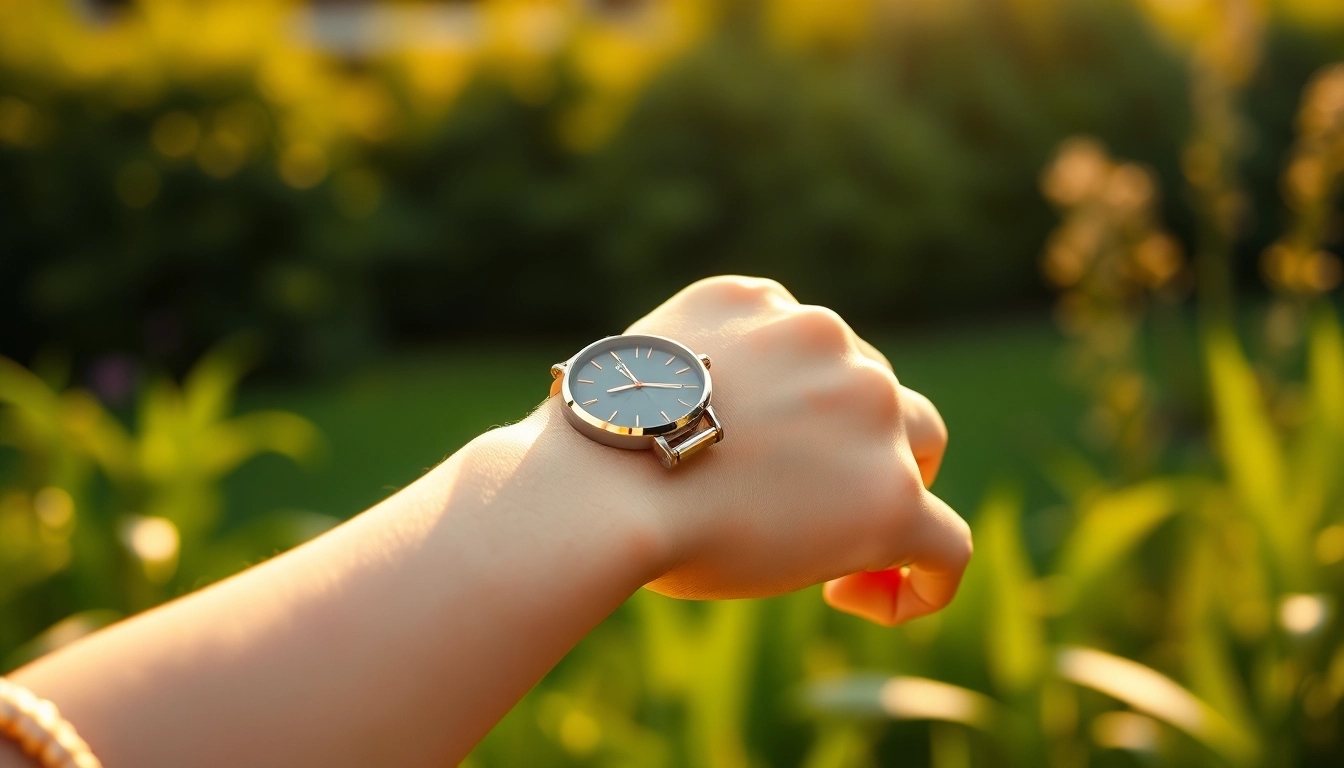Understanding Fly Fishing Bags
Fly fishing is not just a hobby; it’s a passion for many anglers around the world. To fully enjoy this outdoor activity, having the right equipment is essential, and that includes a reliable fly fishing bag. But what exactly is a fly fishing bag, and why are they so crucial for the avid angler? In this article, we’ll explore the different types of fly fishing bags, important features to consider, and how to choose the right one for your fishing expeditions.
Types of Fly Fishing Bags
Fly fishing bags come in various designs, each tailored to meet specific needs. Understanding these types can help you make an informed decision based on your fishing style.
- Backpacks: These bags are ideal for those who need to carry a lot of gear. They offer spacious compartments and are designed for long hikes to remote fishing locations.
- Sling Packs: Sling packs are trendy because they allow for quick access to gear without needing to take the bag off your back. They are versatile, providing ample storage while keeping hands free.
- Hip Packs: For anglers who prefer a minimalistic approach, hip packs are compact and can be worn around the waist. They are perfect for short trips or when you want to keep your gear within easy reach.
- Chest Packs: These bags provide excellent accessibility while wading in water. They can hold essential items like fly boxes, tools, and more, right at the angler’s chest.
- Vests: While not a traditional bag, vests are an age-old choice for fly fishermen. They come with multiple pockets for storing tools, flies, and other gear.
Key Features to Look For
When selecting a fly fishing bag, there are several key features that can enhance your fishing experience:
- Water Resistance: Given that fly fishing often occurs near water, a bag with waterproof materials or coatings will help protect your gear from getting wet.
- Ease of Access: Look for bags with easy-to-open compartments. This feature is particularly important for quick gear changes during fishing.
- Comfort: Make sure your bag has comfortable straps and padding, especially if you plan to wear it for extended periods.
- Storage Capacity: Assess how much gear you typically carry. Having enough pockets and compartments for organization is vital.
- Durability: Your bag should withstand the wear and tear of outdoor activities. High-quality materials and construction can ensure longevity.
Importance of Size and Capacity
The size and capacity of your fly fishing bag can significantly affect your fishing trips. Carrying too much gear can be cumbersome, while not enough can mean missing essential tools. Choosing the right size involves considering:
- Duration of Fishing Trips: Longer trips will require larger bags with more space for food, water, and additional gear.
- Personal Fishing Style: If you prefer light fishing, a smaller pack may suffice, whereas gear-heavy anglers may require larger options.
- Type of Fishing: Freshwater or saltwater fishing may necessitate different sizes due to the variety of gear used.
Popular Brands and Their Offerings
Numerous brands produce fly fishing bags, each with unique features and prices. Here is an overview of some of the most respected brands in the industry:
Simms Fishing: Quality and Durability
Simms is a brand synonymous with quality in the fishing community. Known for robust materials and superior craftsmanship, their bags, like the Simms GTS Backpacks, offer exceptional storage and comfort. The internal foam contouring allows for all-day wear, making it a popular choice among long-distance anglers.
Orvis: Ergonomic Design Insights
Orvis focuses on ergonomic design, enhancing the user’s experience. Their packs include features like breathable materials for warmer weather and adjustable straps for personalized fit, catering to the comfort of the angler throughout the day.
Patagonia: Eco-Friendly Choices
With growing environmental concerns, Patagonia stands out for its commitment to sustainable practices. Their fly fishing bags often incorporate recycled materials and are designed to minimize environmental impact. Models such as the Patagonia Stealth Hip Pack demonstrate functionality while promoting responsibility towards nature.
How to Choose the Best Fly Fishing Bag for You
Choosing the right fly fishing bag requires careful consideration. By assessing your fishing style and preferences, you can find a bag that meets your needs:
Assessing Your Fishing Style
Your fishing style greatly influences the type of bag you need. For instance, a backpack is ideal for those who hike to locations, while a hip pack is suitable for local ponds. Consider the following questions:
- Do you frequently hike long distances to fish?
- Do you prefer to have everything at arm’s reach, or are you okay with a more structured setup?
- How much gear do you bring on average?
Budget Considerations
Fly fishing bags come at various price points. Establishing a budget ahead of time helps narrow down options. While it’s tempting to go for cheaper options, investing in a high-quality bag can save money in the long run through durability and functionality.
Reading Customer Reviews and Ratings
Customer feedback can provide insights into the performance and durability of a fishing bag. Look for reviews highlighting the pros and cons of each option and see how they align with your expectations. Websites provide ratings and reviews, making it easier to compare different bags before purchasing.
Caring for Your Fly Fishing Bag
Cleaning Tips and Maintenance
Cleaning your bag regularly removes dirt, water stains, and other residues collected during your outings. Here’s how to keep your bag looking new:
- Use a damp cloth or sponge to wipe off dirt.
- For deeper cleaning, use mild soap and water; avoid harsh detergents.
- Always air dry your bag completely before storage to prevent mold and mildew.
Repairing Common Issues
Considering your fly fishing bag will endure various weather conditions and rugged environments, minor repairs are sometimes necessary. Common issues include:
- Broken Zippers: Try lubricant or replacement pulls if your zipper sticks.
- Torn Fabric: Use fabric repair patches to fix tears.
- Strap Damage: Check for fraying and replace straps as needed for safety.
Storage Tips for Longevity
How you store your fly fishing bag can significantly impact its lifespan. Ensure your bag is stored in a cool, dry place, away from direct sunlight. If possible, store it uncompressed to maintain shape and structure.
FAQs About Fly Fishing Bags
What is the best fly fishing bag on the market?
The best fly fishing bag often depends on personal preference and needs. Popular options currently include the Fishpond Thunderhead for its all-weather capabilities and the Vixyn Waist Pack for budget-conscious anglers.
How do I know if a bag is waterproof?
Check the product specifications or features listed by the manufacturer. Many bags will provide waterproof ratings, or descriptions may indicate if they are made from waterproof materials.
Are there specialized bags for certain types of fishing?
Yes! Specialization in bags can include designs for saltwater fishing, which often have additional features to handle the elements, or travel packs that accommodate various gear for fishing trips.










Leave a Reply